The list of literary villains is numerous. Many of them became unforgettable while many were too easily forgotten by readers. Here are the ten most famous villains in literature which the young and old alike have allowed to occupy a portion of their memories. Many of the novels where these characters originated from were produced into movies which added more to their popularity.
1. Satan
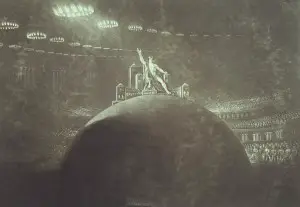
John Milton’s Paradise Lost tries to make its readers feel Satan’s own pain, depicting him as both a hero and anti-hero in this popular literary work. Aside from Milton’s work, many other past and present novels have Satan as their most notable villain in the story.
2. Count Dracula
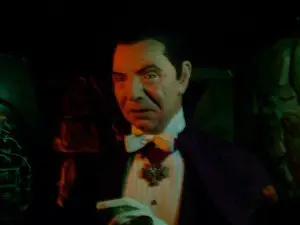
Bram Stoker wrote his novel about Dracula in 1847. Since then, Dracula has become a popular character not only in books but also on television and in the movies. Dracula is portrayed as a dashing, mysterious count that gets attracted to a beautiful woman. He visits her one evening as she sleeps alone, hypnotizes her, and turns her into a vampire like himself by sucking her blood. A vampire killer finds Dracula’s coffin, and a fight ensues between them. Dracula is turned into ashes when his body gets exposed to sunlight.
3. Dr. Jekyll/Mr. Hyde
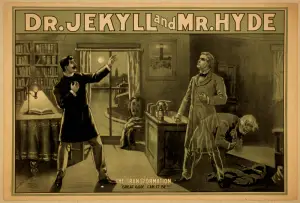
The novel of Robert Louis Stevenson entitled The Strange Case of Dr. Jekyll and Mr. Hyde was published in 1886 and deals with a mental disorder called ‘split personality’ which was experienced by Dr. Jekyll in the story. Dr. Jekyll has two personalities, one is good and the other is evil. As Dr. Jekyll, he exhibits a normal physical appearance and behaviour. When he is transformed into Mr. Hyde, he becomes deformed and ugly and murders innocent people.
4. Lord Voldemort
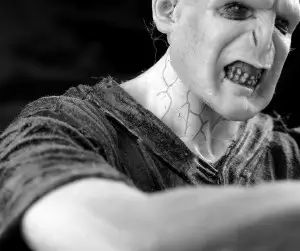
Taken from the popular Harry Potter series by J. K. Rowling, Lord Voldemort has emerged as one of the most famous literary villains of the current generation. Harry Potter novels were produced into movies which were very successful. The character of Voldemort has earned the reputation of being the most powerful Dark Wizard who practices dark magic that causes harm to other people. He learned of a prophecy that a boy, Harry Potter, would destroy him, so his mission was to kill Harry to stop the prophecy from being fulfilled.
5. The Joker
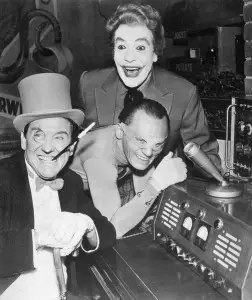
The 1930’s started a popular literary medium which is the comic books. Along with other fictional superheroes, Batman became a popular superhero among comic book readers. His archenemy is The Joker who sports the look of a clown and murders people for his own enjoyment. The Joker’s character is likened to a psychopath who kills without any sense of remorese and mercy. The fight between Batman and The Joker is like a fight between good and evil which is a continuous and long battle.
6. Cruella de Vil
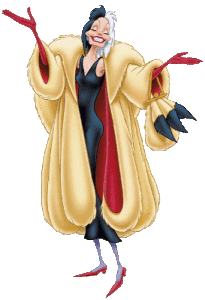
The fictional novel The Hundred and One Dalmatians, written in 1956 by Dodie Smith, was more intended for children, but nonetheless it holds a general appeal even for grown-up readers. Its villainess is Cruella de Vil who is into the fur fashion industry. She kidnaps the Dalmatian puppies owned by the Dearly Family to get their fur. Cruella’s name is derived from the two words ‘cruel’ and ‘devil’ which fit her character, that of a heartless and evil heiress who only loves herself.
7. Captain Hook
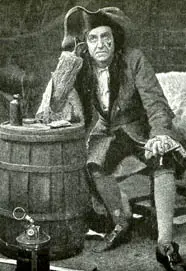
Captain Hook is the leader of a band of pirates in the 1911 novel written by J. M. Barrie about Peter Pan, a boy who can fly and never grows old. His character, though evil in nature, has a comical side to it, perhaps to entertain more the novel’s young readers. Captain Hook blames Peter Pan for arousing the appetite of the crocodile that cuts off his hand. Because of this, a long-standing feud arises between him and Peter Pan. No matter how he tries, he can never outsmart and defeat Peter Pan and his gang.
8. Dr. No
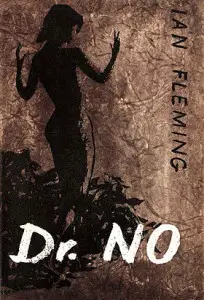
Dr. No is one of James Bond’s first archenemies in Ian Fleming’s spy novels. He is a brilliant atomic energy scientist of German and Chinese origin. His hands, which were replaced with crude, bionic ones, were dismembered by the Tong crime syndicate which caught him stealing their money. Dr. No offered his expertise and skills to the Americans and Soviets, but they rejected him. Insulted, he went to Jamaica where he headed an evil organization which would carry out his revenge and evil plans. In the story, he fell and was boiled alive in the radioactive coolant while having a fight with Bond. The movie Dr. No, produced in 1962, which was based from Fleming’s novel, paved the way to many more James Bond movies.
9. Frankenstein’s Monster

There is a common misconception that the monster’s name is Frankenstein in Mary Shelly’s famous novel written in 1818. ‘Frankenstein’ is actually the Swiss scientist who created the monster which was not given a name in the story. The monster was stitched together out of body parts and was brought back to life. Shelley’s monster, in her novel, was articulate and sensitive as opposed to the movie versions wherein he is portrayed as a grunting, inarticulate creature. He is a gentle and kind character, but people feared and mistreated him due to his unusual appearance. This led him to become angry and violent towards others. In the book’s version, he avoided humanity by going to ‘the farthest shore.’
10. Fagin in Oliver Twist
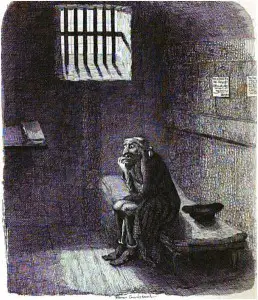
Fagin’s character in Charles Dickens novel Oliver Twist is a typical bad guy who is not only ugly in appearance but also ugly in character. He is an old, shrewd, criminal leader who displayed a sarcastic sense of humour and a savage temper. However, despite his cruel nature, Fagin showed a little tenderness towards Oliver and self-control in some parts of the novel. Some critics say that Dickens’ portrayal of Fagin as a ‘Jew’ with a flawed character was due to his anti-Semitic sentiment which he tried to rectify in his last novel Our Mutual Friend.
Conclusion:
Knowingly or unknowingly, the characters we met in the literary world have somehow influenced our way of thinking, beliefs, and attitudes towards life. Not only have they entertained us, but we also learned valuable lessons from their stories. We should not undermine the roles of the literary anti-heroes because, without them, we would not understand and appreciate fully the virtues and goodness of the stories’ heroes or their happy endings. Fiction or non-fiction, these remarkable, literary villains are now immortalized in the hearts and minds of all readers.










Leave a Reply